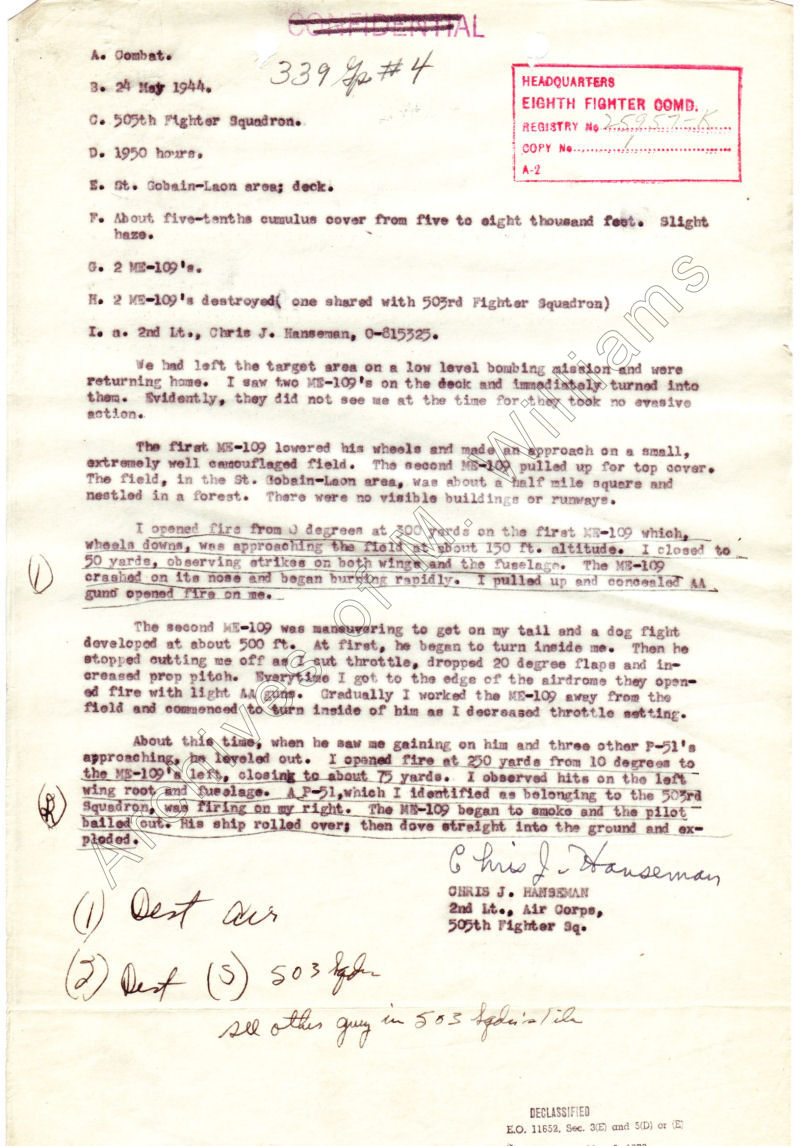Originally Posted by
Pilot DAR
It is possible to move the throttle toward closed, and increase RPM by moving the prop control to the "increase" position, which will be forward. The word "increase" on the throttle quadrant is in the forward control direction, which is the fine pitch position. Though nearly no WW2 fighters were "certified" in the context of today's plane, were they to be, they would have to comply with the following design requirement:
Perhaps the pilot wanted to slow down very quickly to assist in positioning the plane for turn he wanted to achieve (not to overshoot the turn) and used fine pitch to create drag to slow the plane down. I do this gently in one of my planes on short final, when I want to loose the last few knots and settle into the flare. If I want to glide that plane, I select full "decrease" for drag reduction. I don't "modulate" a propeller control, it invites engine or propeller damage. Some planes (Cessna Caravan, for example) are set up for the propeller to move into a very high drag, flat blade angle when the power is selected to near idle, to aid a more steep approach. Reverse may be used on the surface.
Fine pitch may be selected for more thrust when combined with higher power, or fine pitch may be combined with very low power to create drag for slowing down. A more coarse pitch will be selected for extracting optimum power from the engine in cruising flight or otherwise for more efficiency.
It is possible to overspeed some engines by moving the propeller control toward "increase too quickly, even at low power - and doing so creates noticeable drag. It's a horrible thing to do to a geared engine.
As for WW2 pilot combat techniques, well, I'm not a WW2, nor combat pilot, so I'll step back from the discussion.
"Overshooting the turn" seems plausible in the context of an initial turn entry. Seems unlikely in the context of multiple 360°s on the deck... There is nothing to suggest there was any kind of speed in the encounter. "Increasing prop pitch" to describe a lower blade angle is very rarely used by pilots.

If someone could find wing bending measurements for these types, while in level turn, not dive pull-outs, it would resolve the issue.
Gaston